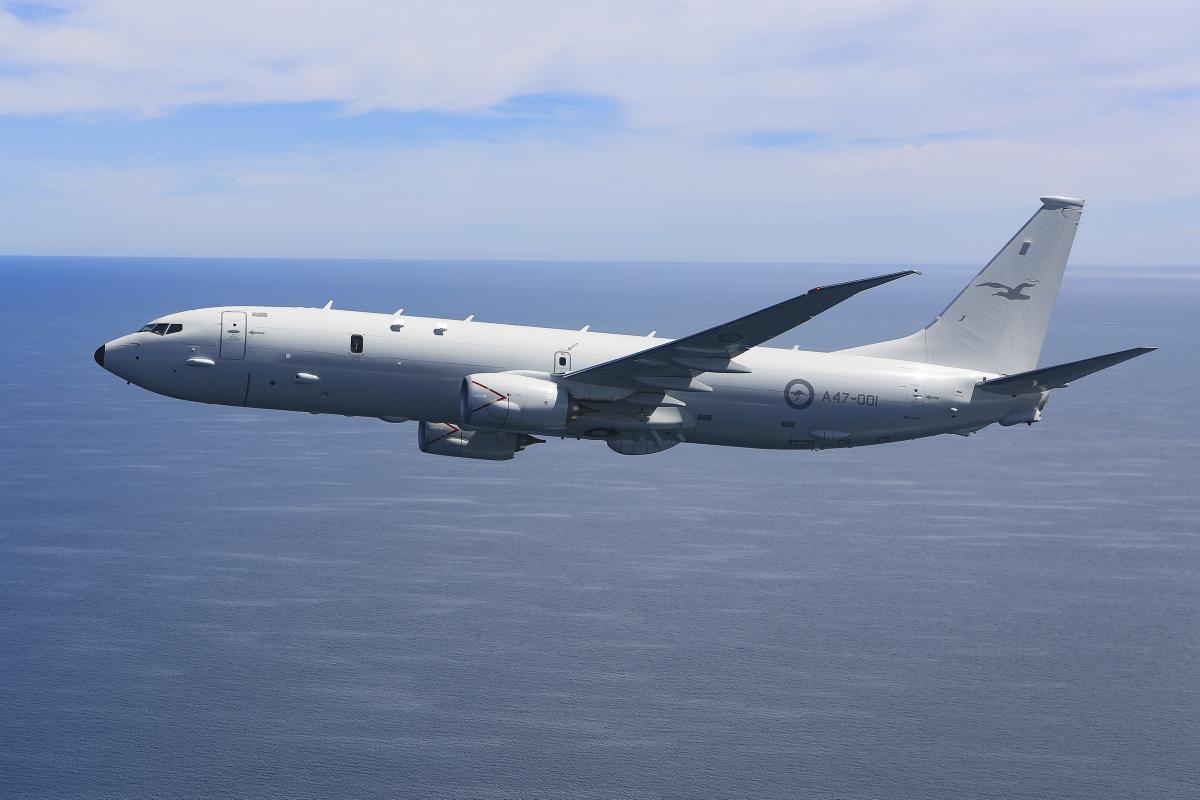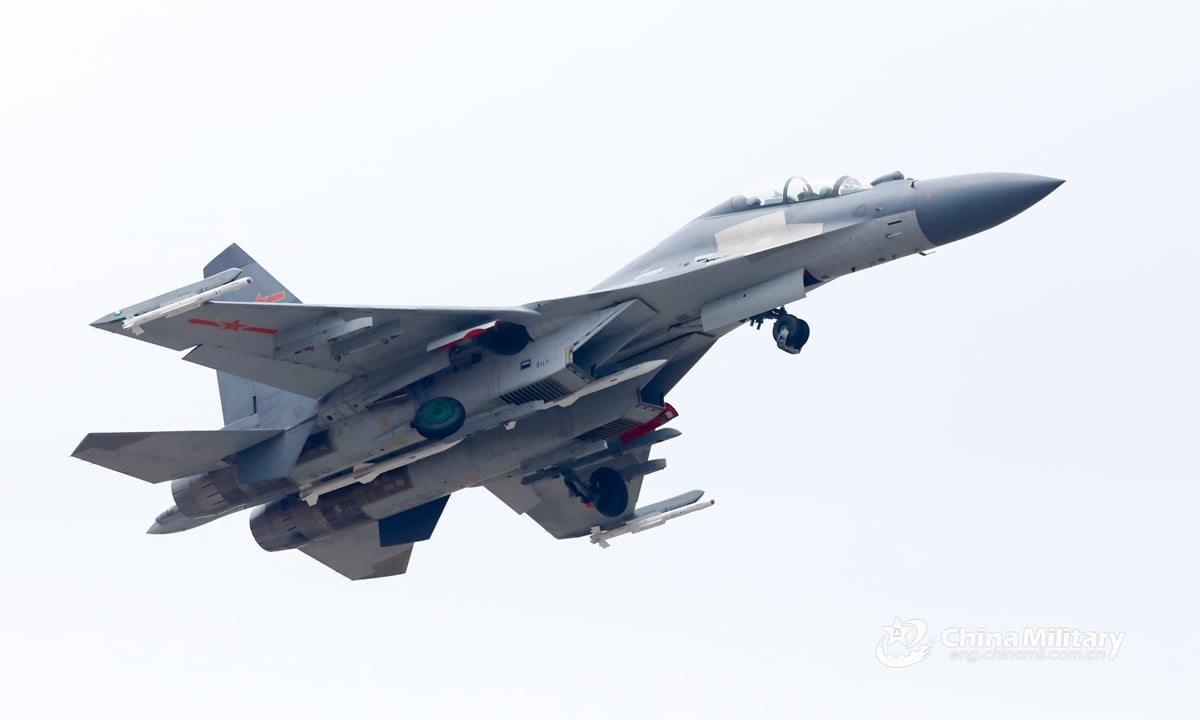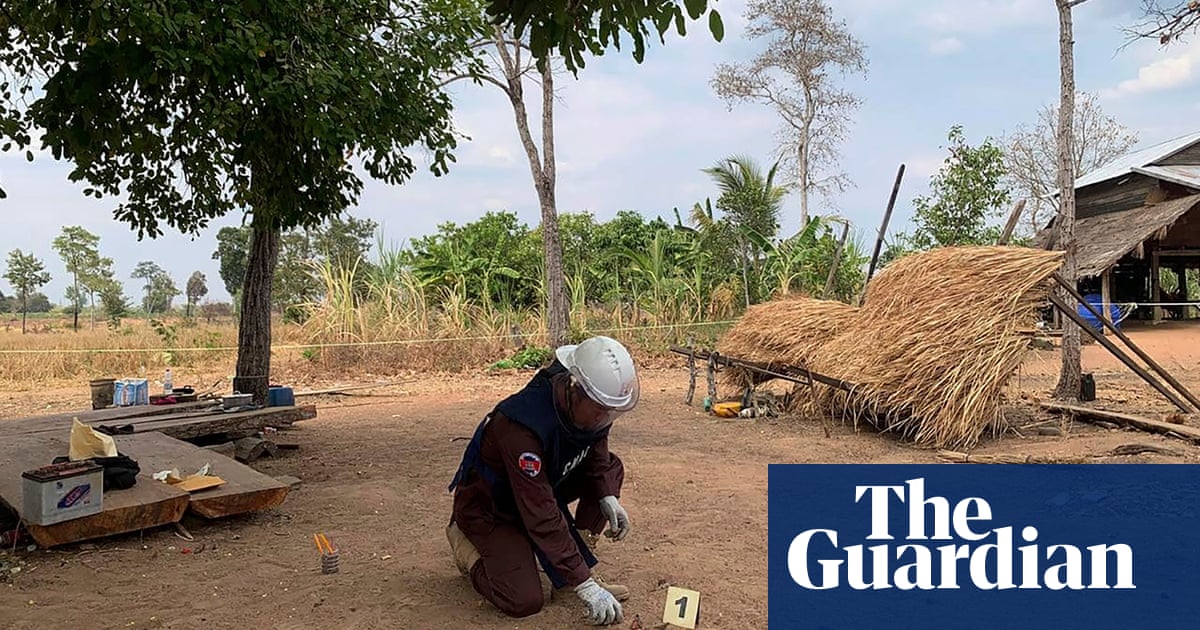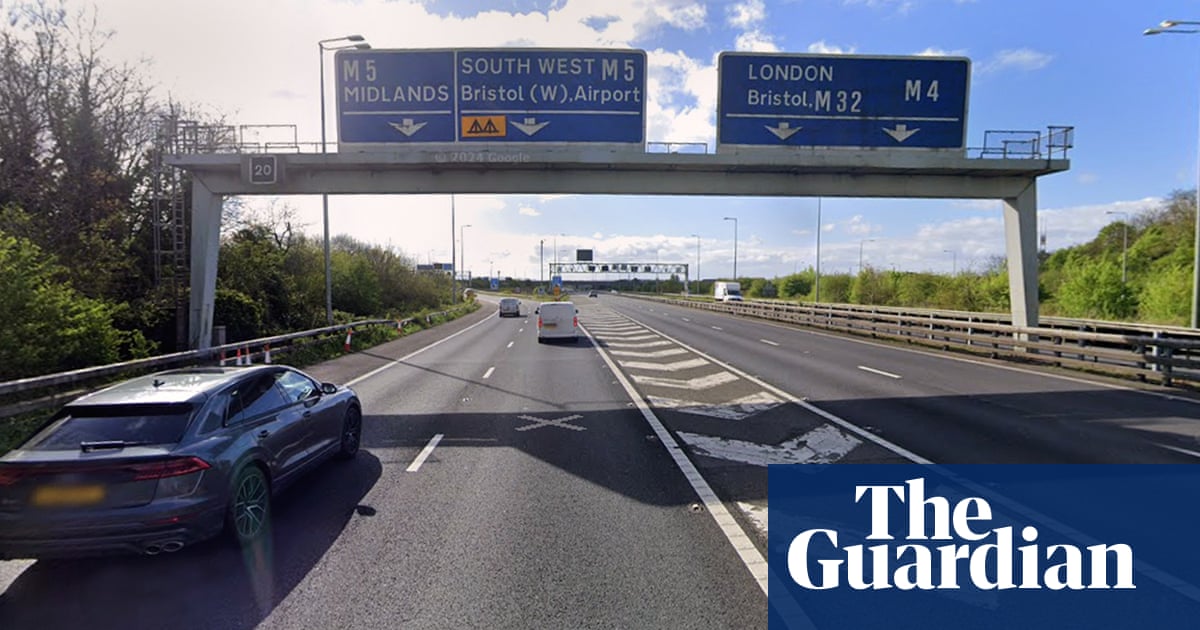
A People’s Liberation Army Air Force J-16 fighter released flares 30 meters away in front of a Royal Australian Air Force P-8A Poseidon on patrol in the South China Sea on Tuesday prompting the Australian government to express its concern to China on such actions.
“The PLA-AF aircraft released flares in close proximity to the RAAF P-8A aircraft. This was an unsafe and unprofessional maneuver that posed a risk to the aircraft and personnel,” reads a Thursday statement from the Australia Defence Department.
“Australia expects all countries, including China, to operate their militaries in a safe and professional manner.”
Australia’s longest-running surveillance operation in the region has been Operation Gateway, which began in 1981 with RAAF P-3C Orion MPAs staging out of Royal Malaysian Air Force Butterworth Air Base. The purpose was to conduct surveillance operations on Russian ships during the Cold War and evolved into maritime surveillance patrols in the North Indian Ocean and South China Sea. The missions are flown now by RAAF P-8As following the retirement of the P-3.
In May, a PLAAF fighter aircraft dropped flares in front of a Royal Australian Navy MH-60R helicopter over the Yellow Sea. In 2022, a PLAAF J-16 carried out unsafe manoeuvers and released chaff in front of an RAAF P-8A over the South China Sea. Australia protested both incidents. Neither incident caused damage or injury to ADF personnel and assets.
Australian Defence Minister Richard Marles provided more details on Tuesday’s incident in a Thursday interview with Australian television channel Sky News Australia. The P-8A was challenged in international airspace by two PLAAF J-16 fighters and there were a number of interactions between the P-8A and the J-16 fighters.
“What’s important, though, is that the proximity of the J-16 was so close that there’s no way you could have been able to ensure that the flares did not hit the P-8. Now, as it turned out, they didn’t. But had any of those flares hit the P-8, that would have definitely had the potential for significant damage to that aircraft,” Marles said.

As a result, the Australian government declared the action unsafe and made representations about its concerns to the Chinese government both on Wednesday and Thursday in Canberra and Beijing.
“Clearly our defense forces are going to interact with each other. We know that, but what’s really important is that when they do, they do so in a manner which is safe and professional and this wasn’t,” he said.
Neither Marles nor the defense release provided the exact location of the incident, but China’s Ministry of Foreign Affairs, in its daily press conference on Thursday, said the intercept took place around the Paracel Islands.
“The Australian military airplane deliberately intruded into China’s airspace over Xisha Qundao (Paracel Islands) without China’s permission. Such move violated China’s sovereignty and undermined China’s national security,” said Foreign Ministry Spokesperson Guo Jiakun, according to a transcript.
“China has lodged serious protests with Australia and urged it to stop infringing on China’s sovereignty and making provocations and stop disrupting peace and stability in the South China Sea.”
Meanwhile, Australian naval and air units are monitoring a PLAN task group operating in the waters north of Australia, according to a Thursday release.
The release stated that the PLAN task group consisted of cruiser CNS Zunyi (107), frigate CNS Hengyang (568) and fleet oiler CNS Weishanhu (887), and that it travelled through Southeast Asia before entering Australia’s maritime approaches, with Hengyang transiting the waters to Australia’s north.
“Defense will continue to monitor the activities of the task group in Australia’s maritime approaches with a combination of capabilities, including air and maritime assets,” reads the release.
During his interview with Sky News Australia, Marles said the PLAN task group had come to the Indonesian archipelago and Hengyang transited the Torres Strait on Tuesday and has now rendezvoused with Weishanhu off the north east coast of Australia, but within the Australian exclusive economic zone (EEZ), while Zunyi was further north and outside the zone.
He said frigate HMAS Arunta (FFH151) was shadowing Hengyang and that an RAAF P-8A had already conducted a reconnaissance flight, while other P-8s and RAN ships stationed along the east coast of Australia were on standby.
“We’ll continue to monitor their activities, which is very much within our rights in a manner of course, which is safe and professional,” Marles said.
Related
Article by:Source:











